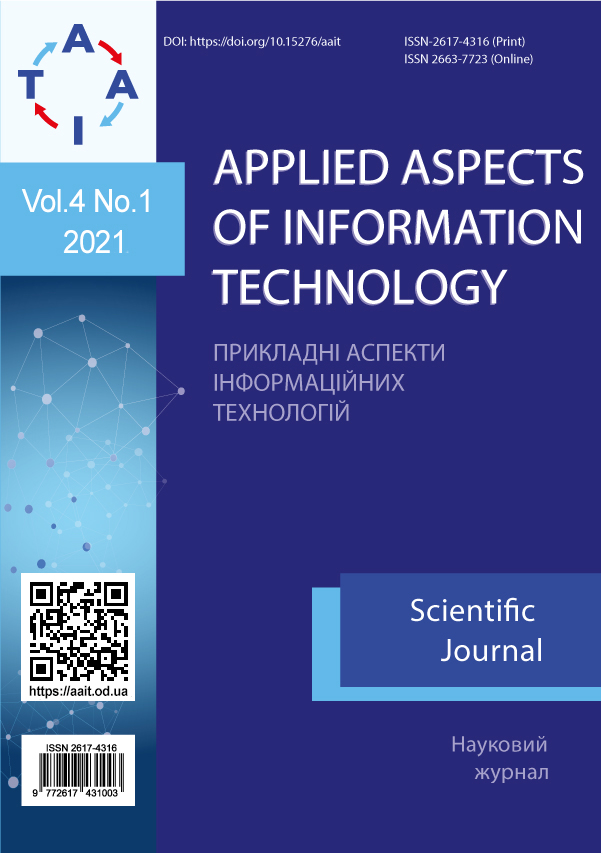Virtual reality and real measurements in physical technology
Main Article Content
Abstract
Information is transmitted by signals that have a material-and-energy nature, but it is not matter and not energy. The information ensures communication of interacting objects of alive and inanimate nature. Information and communications technology underlie the new production paradigm called the “Industry 4.0”. In accordance with this paradigm, increased attention is paid to the pre-production phase on which relevant comprehensive solutions for the automation of design and production are taken, ranging from receiving an order for the product and ending with its shipment to the consumer. At the same time, issues of production management and efficient control of technological processes are solved, including scheduling and material requirement planning. At the preproduction phase, a virtual product is created (the information model of the real product in the form of a “virtual reality”), and at the execution phase a real (physical) product appears, which has a use value (possession utility). The implementation phase begins only after systemic computer modeling, simulation, and optimization of the technological process and operations, that is, after assessing both the time and the cost of virtual technological processes. In this regard, this research discusses topical issues of interaction between virtual information at the pre-production (preparatory) phase and new information arising at the implementation phase of physical technology in terms of improving the efficiency of computer-integrated production. It is shown that the information is a basic category not only in information (virtual) technology for its transformation and transmission, but also in physical technology of material production at the stage of manufacturing the appropriate material product, on the one hand, and (by analogy) in the process of distance learning of specialists, on the other hand (although information is not knowledgeable yet). Particular attention is paid to measuring procedure and assessing its accuracy; this work is not formal and requires the use of an intellectual system to ensure the accuracy of the information received.



